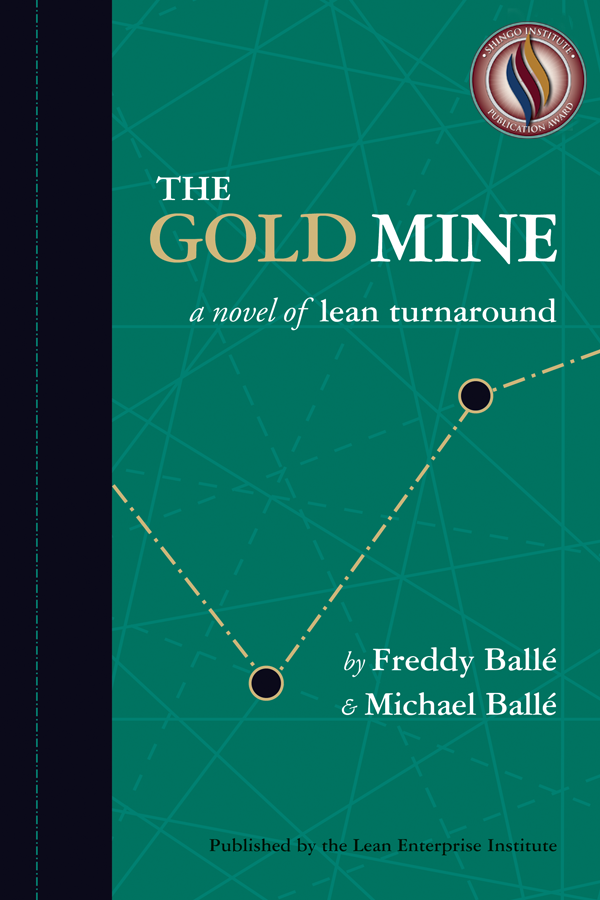Innovation is a popular – and important – concept. So, here are three questions. What is it? What does lean thinking have to say about it? So what?
I did some deep-diving recently into this thing we call innovation. It’s interesting how there’s not much in the way of an accepted definition. So, consolidating a lot of stuff from different sources (you’re welcome), running it all through my own filter (apologies!), here’s a stab: An innovation is anything that is novel and valuable. Novel means new. Especially a new idea or method or something that has a “process” piece to it. Valuable – the link here with lean thinking is clear – means that someone, anyone perceives the new thing/method/process as having value. Value from the perceiver’s perspective.
Innovation
What does lean thinking have to say about innovation? First, I think the word/concept gets overused. Does new or novel mean better? There’s somehow the perception that “innovation” is further up the food chain, higher up the evolutionary scale than lowly “improvement.” Ever hear this: “Oh, that’s a nice incremental improvement, but what we need is innovation!” Radical innovation. Disruption innovation. Well, sure. We want to be ahead of the curve. To set the trend. Henry Ford. Steve Jobs.
But, while an innovation by definition has “value,” an improvement by definition means the new way is better than the old. From that standpoint, improvement is underrated; it could use an image makeover.
And, I bet you agree, it has become all too common to draw too deep of a distinction between the two. Almost all innovations are actually improvements on things or ideas that already existed. Not much new under the sun. No? What’s under the sun are, literally, the four forces of nature. Just four.
Branford Marsalis (the less famous brother), in reference to the tremendous creativity and innovation that is jazz, observes, “Everything you read about jazz is: ‘Is it new? Is it innovative?’ I mean, man, there’s 12 f-ing notes. What’s going to be new? You honestly think you’re going to play something that hasn’t been played already?” Very interesting. Of course, tremendous creativity comes from combinations and the very constraints imposed by the “12 f-ing notes.” Still, Coltrane, Miles, Gershwin – they’re just playing around with the same 12 notes. The universe has four forms of energy.
Lean Thinking
Lean thinking itself was an innovation (new and valuable) and an improvement over what preceded it (and what still exists in so many places) that contains within itself the means of further innovation and improvement. Masaaki Imai, to whom we owe much, gave us this framework about 30 years ago:

Imai’s framework is useful in thinking about types of problem solving (though we should add one more, a topic for next time!). Lean thinking suggests, however, that we be careful to not draw the lines between them – sustain + Kaizen + innovation – too harshly. There’s much overlap, with one bleeding into the other. As lean thinking is itself an innovation, within it are specific methods for innovating (as there are for kaizen and sustainability, as well) such as set-based innovation, Lean Startup methods, A3 and kata techniques, and most importantly the fundamental approach of engaging everyone in the act of innovating in their own work. Innovation is not the purview only of a chosen few to be applied in only special situations.
So what?
It’s taking that thought further that highlights the deepest contribution of lean thinking – the role of innovation in the work. We think of the iPhone as a tremendous innovation, like the internet, the automobile and now autonomous driving. But, the actualization of each of these, the underappreciated enabler that propelled them to change our lives was, first of all, the many technical innovations that preceded them (no iPhone without iPod, without Macintosh, without Apple II…). And secondly, the innovation in the work to be done entailed in bringing them to life. Here’s an animation that tries to tell that story. I’ll be curious to hear what you think.
View above or click HERE to view an animated video, “100 Years of Innovation in the Work.”






